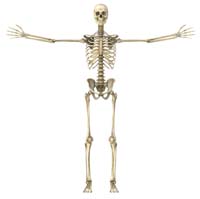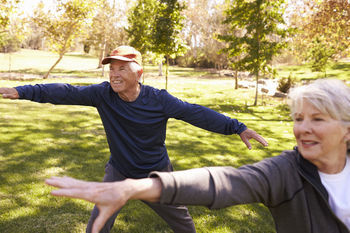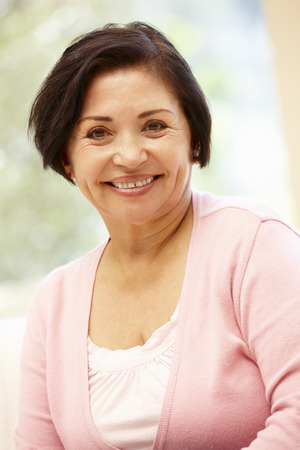
The National Council on Aging reports a quarter of senior Americans fall over the course of a given year. Half of these seniors fall more than once. Experts say over 15000 Americans past the age of 65 die every year from falls. Falls are the leading cause of death from injury among seniors. The risk of falls increases substantially with age. The risk of injury with each fall also increases.
The Romberg Test - more or less the test police use to assess the sobriety of drivers suspected of intoxication - is employed by medical pros in establishing tendency to fall. The central part of this test is that the patient under evaluation close his or her eyes while not holding on to anything. If the person falls, it is a sign of instability. Testing how long the person can stand on one leg without swaying is also a diagnostic technique.
Medical tests that can help prevent falls: vision, balance, muscle strength, heart function, and blood pressure. Postural hypotension - the drop in blood pressure in certain situations or when first standing - is common in the elderly. It can cause people to faint and subsequently fall.
A regular exercise program can reduce the frequency of falls. Exercise can increase muscle strength in the legs and ankles and can help you feel more at home in your own body and maintain balance. Stretching is very beneficial.
You sometimes see old people doing Tai Chi, which is not strenuous but
can help with balance. Other exercise programs including dancing and
calisthenics help with balance  and strength in small muscles.
and strength in small muscles.
Poor vision is a risk. It increases the risk of trips and falls. Old people need to pay attention to their vision and get glasses if needed. People with cataracts are more likely to experience osteoporotic fracture. Also, old people should make sure the lighting in their house is good and consider using night lights. Pay close attention to lighting near staircases and steps.
Many medicines can affect the sense of balance, and sometimes combinations of medicines can make it worse. It may not be feasible to change the medications but a change is worth looking into.
Your environment: Make your home low risk for falls. This can involve making sure there are no tripping hazards at home and other places you frequent. Fix broken steps and install ramps if feasible. Put in railings where appropriate. The hand bars you see in public handicap toilets – consider getting them put in your own bathroom. You might think they are creepy or inappropriate for you, but they can come in handy and you won’t know you need them until they need them. Further, grab bars can increase the value of your home.
Anti-slip mats in the bathtub are an easy safety upgrade. Consider removing rugs that have lips, as small rugs often do. Hide electrical cords behind furniture or under carpets or tape them down. Also consider wearing shoes that support your arches and perhaps have non-slip soles. Also, don’t climb on ladders or stools or stand on chairs.
Hip protectors are clothing items intended to reduce injury to hips and the skeleton. They can be hard plastic or soft form pads and can be sewn into the patient’s pants. Although intended to minimize the impact of injury, the use of hip protectors has been found to reduce the incidence of falls.

